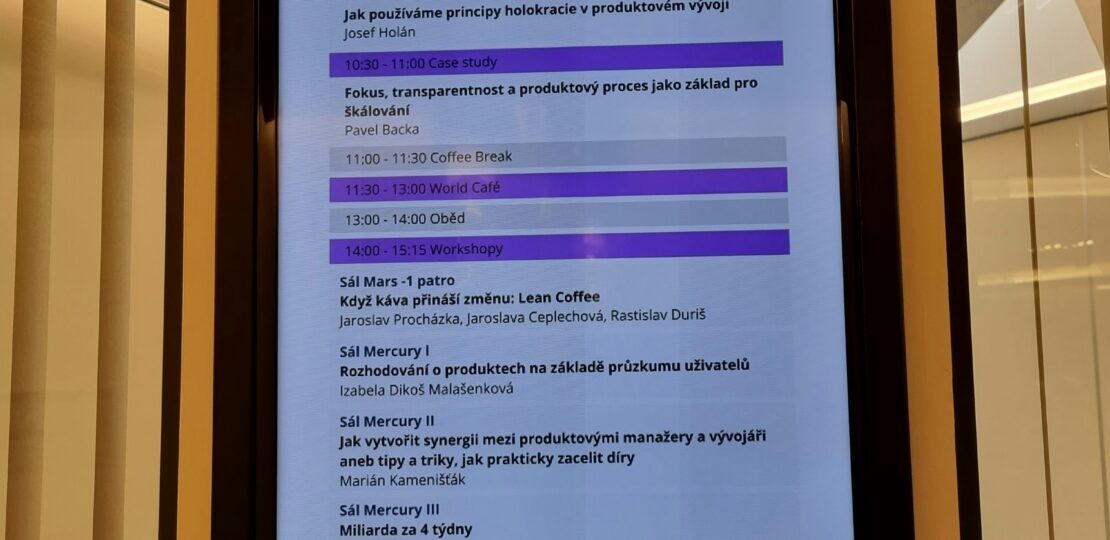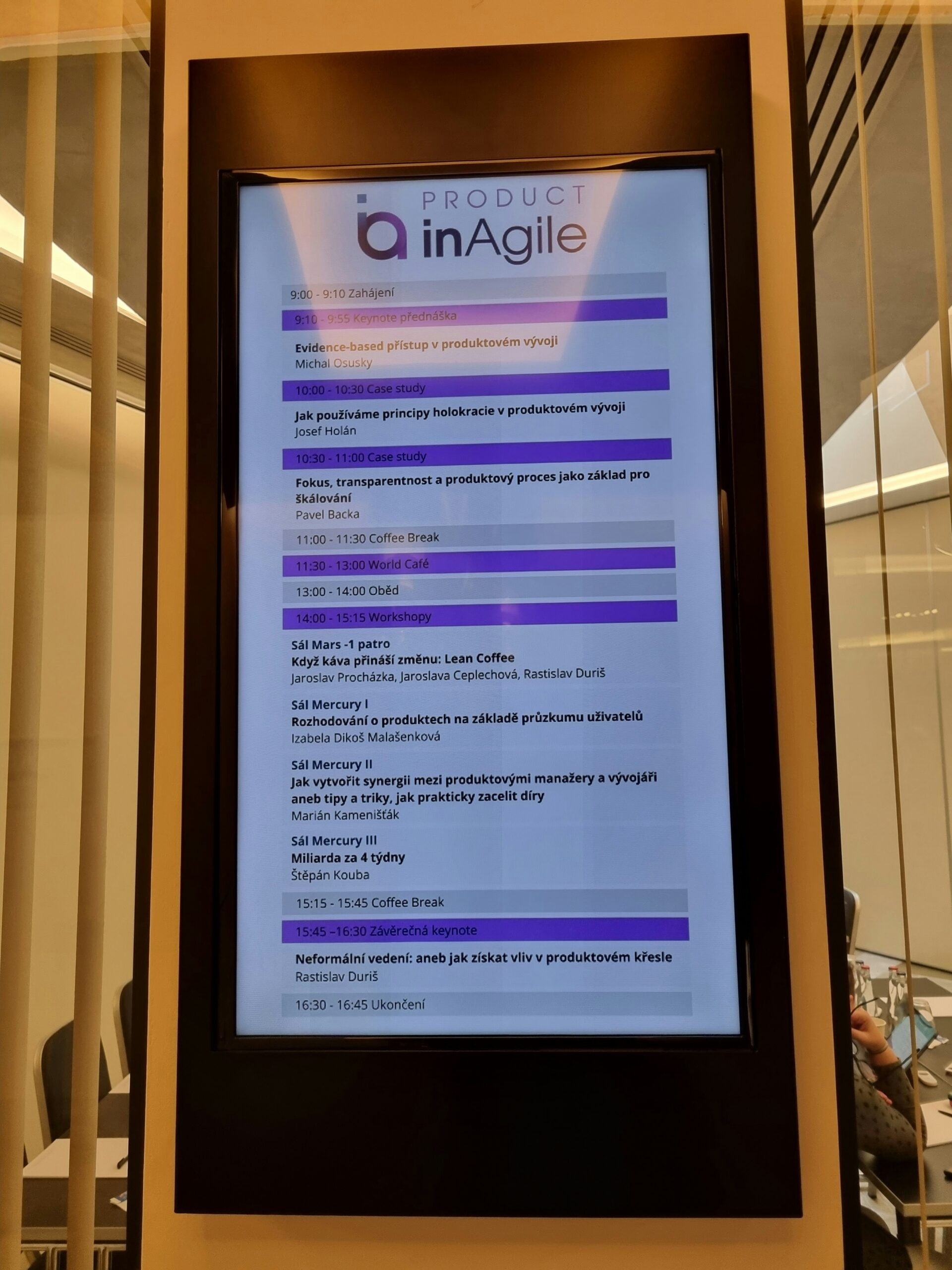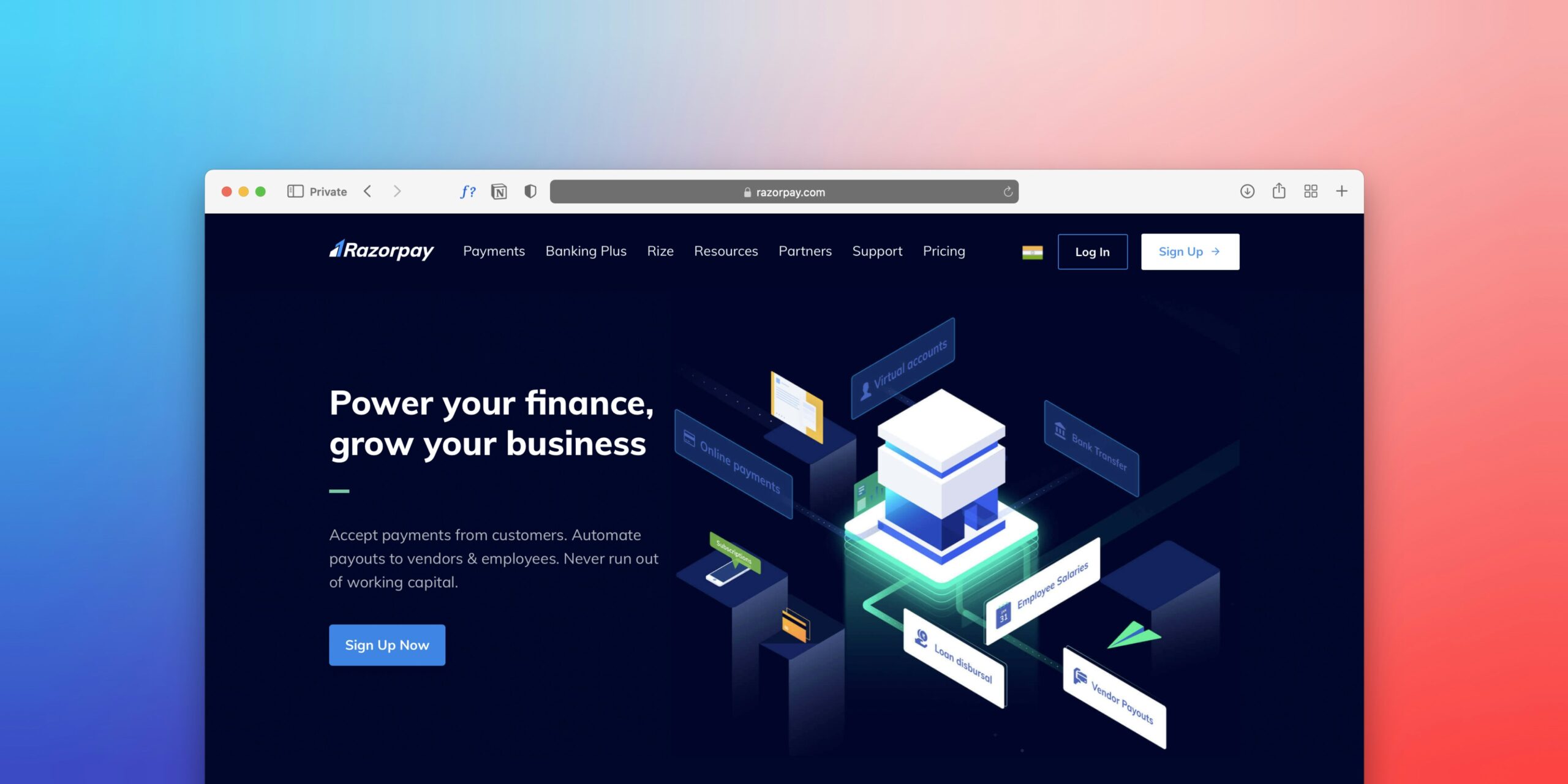Implementing Agile Pricing Strategies for Enhanced Competitiveness
October 15, 2025 | by qqvmedia.com


Understanding Agile Pricing Strategies
Agile pricing strategies refer to the ability of a business to rapidly adjust its pricing models in response to changing market conditions, consumer behaviors, and competitive pressures. In today’s fast-paced market environment, where customer expectations and technological advancements shift rapidly, the adoption of agile pricing is crucial for organizations aiming to maintain relevance and competitiveness. By utilizing agile pricing strategies, businesses can remain adaptable, ensuring they meet both customer demands and market challenges effectively.
The importance of agile pricing lies in its ability to enhance operational flexibility. Traditional pricing methods often involve lengthy approval processes and rigid pricing structures, which can cause organizations to miss out on opportunities or react too slowly to competitors. In contrast, agile pricing encourages iterative processes that allow for more frequent and informed adjustments. This can lead to improved profitability, as businesses can capitalize on favorable market conditions and adjust pricing quickly to mitigate losses during downturns.
Moreover, agile pricing not only improves financial outcomes but also significantly enhances customer satisfaction. As businesses align their pricing strategies with real-time insights on customer preferences, they can offer more personalized and value-driven pricing options. This responsiveness to consumer needs helps build trust and loyalty, ultimately leading to better customer retention rates.
Additionally, implementing agile pricing strategies can elevate a company’s competitive positioning. By being able to swiftly respond to market dynamics, businesses can better anticipate and counteract competitive actions, securing their market share. The collective advantages of adopting agile pricing include a proactive approach to market changes, a focus on customer-centric pricing, and an underlying framework that supports continuous improvement. Through these elements, organizations better prepare themselves for sustainable success in the ever-evolving marketplace.
Dynamic Pricing Techniques Explained
Dynamic pricing encompasses a variety of strategies that allow organizations to adjust prices in real-time, responding proactively to market conditions, competitor actions, and customer demand. One prominent technique is time-based pricing, which leverages specific time frames to optimize pricing. For instance, airlines often implement this strategy by increasing ticket prices as the departure date approaches, capitalizing on last-minute buyers who may be willing to pay a premium for immediate travel. This method highlights the fluid nature of demand fluctuations over time, enabling firms to maximize revenue.
Another critical approach is competitor-based pricing, where businesses monitor the pricing strategies of their rivals and adjust their own prices accordingly. Retailers operating within competitive markets often track the prices of similar products offered by competitors. For example, e-commerce platforms frequently modify their pricing based on competitor evaluations. This real-time assessment allows businesses to position themselves advantageously, thus retaining potential customers who might be swayed by competitor offerings. This approach underscores the necessity of staying informed about market competitors and reacting swiftly to protect market share.
Demand-based pricing, on the other hand, relies significantly on consumer behavior. This technique requires comprehensive analyses of purchasing patterns and customer preferences to predict changes in demand. For example, during peak shopping seasons, such as holidays or sales events, retailers can increase prices on sought-after items based on anticipated demand. By integrating data analytics and technology, organizations can gather insights that enhance pricing precision, ensuring they remain competitive in evolving markets.
Ultimately, employing dynamic pricing techniques enables companies to establish a responsive pricing strategy, aligning closely with customer expectations and market trends. This continuous adjustment fosters a competitive advantage, positioning businesses for sustainable growth and profitability.
Leveraging AI Tools for Competitive Pricing
In the contemporary business landscape, organizations are increasingly turning to Artificial Intelligence (AI) tools to refine their pricing strategies and enhance competitiveness. These advanced tools offer the capability to monitor competitor prices in real-time, enabling businesses to make informed pricing decisions that align with market dynamics. By leveraging AI for pricing analysis, companies can maintain agility, which is essential in fast-paced markets.
Several AI-driven pricing tools are currently available in the market. For instance, platforms like Pricefy, Competera, and Wiser provide comprehensive functionalities that include price tracking, dynamic pricing recommendations, and competitor analysis. These tools utilize machine learning algorithms to analyze vast amounts of data efficiently, identifying patterns that can inform price adjustments. Furthermore, many of these AI solutions feature user-friendly dashboards, making it easier for businesses to interpret data and implement pricing changes swiftly.
Integrating AI tools into existing pricing strategies requires careful planning and execution. Businesses should begin by selecting an AI tool that aligns with their specific needs—whether it’s for predictive analytics, real-time competition tracking, or automated pricing. It is also essential to train staff on how to utilize these tools effectively, ensuring that insights gained from AI analyses are translated into actionable pricing strategies. Additionally, employing a phased approach to implementation can mitigate risks and allow for adjustments based on initial feedback.
The potential return on investment (ROI) from utilizing AI-driven pricing solutions can be significant. By enabling more accurate pricing and reducing manual labor associated with price monitoring, businesses can enjoy improved margins and increased market share. Overall, effectively leveraging AI tools empowers organizations to stay ahead of the competition while enhancing their pricing strategies, ultimately leading to better financial performance.
Effective Discounting and Bundling Strategies
In a competitive marketplace, implementing effective discounting and bundling strategies can significantly enhance a company’s agility and responsiveness to consumer demands. Time-sensitive discounts create urgency, encouraging customers to make purchases quickly, while strategically designed product bundles can help clear slow-moving inventory. These approaches, when executed properly, ensure that businesses can maintain profitability even while offering reduced prices.
To implement successful discounting strategies, companies must consider psychological pricing techniques that appeal to consumer behavior. For instance, employing a “charm pricing” model—where prices end in .99 or .95—can create a perception of value, making discounts more attractive. Time-limited offers, such as flash sales or seasonal promotions, not only stimulate immediate purchases but also enhance customer engagement. The key lies in carefully selecting the time frame and types of products to discount, ensuring that these promotions align with customer interests and seasonal trends.
Bundling, on the other hand, provides a powerful means for businesses to offer perceived value while optimizing sales. By grouping complementary items together at a discounted rate, companies can encourage customers to buy more while effectively reducing excess inventory. Creating bundles that cater to different consumer segments can also enhance the appeal of these promotions. For instance, seasonal bundles for holidays or themed product collections can attract targeted audiences, driving sales during peak periods.
Effective communication of these offers is crucial. Businesses should leverage multiple channels, including social media, email marketing, and in-store promotions, to reach a wide audience. Clear messaging that highlights the value and time sensitivity of discounts can create urgency and prompt immediate action from consumers. By utilizing these discounting and bundling strategies thoughtfully, companies can optimize sales while preserving their profit margins, allowing for sustained competitiveness in the marketplace.
RELATED POSTS
View all


